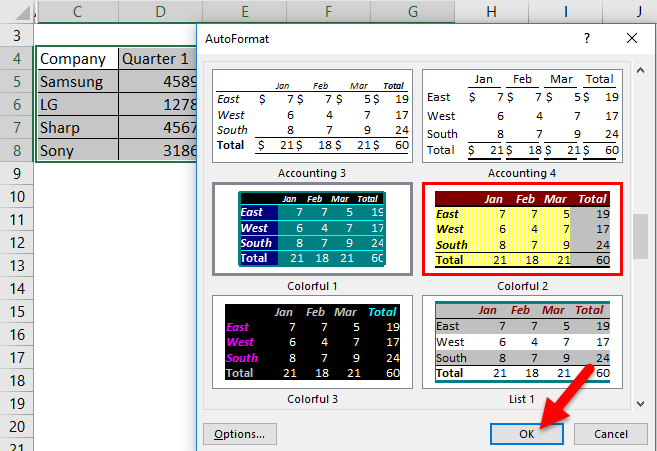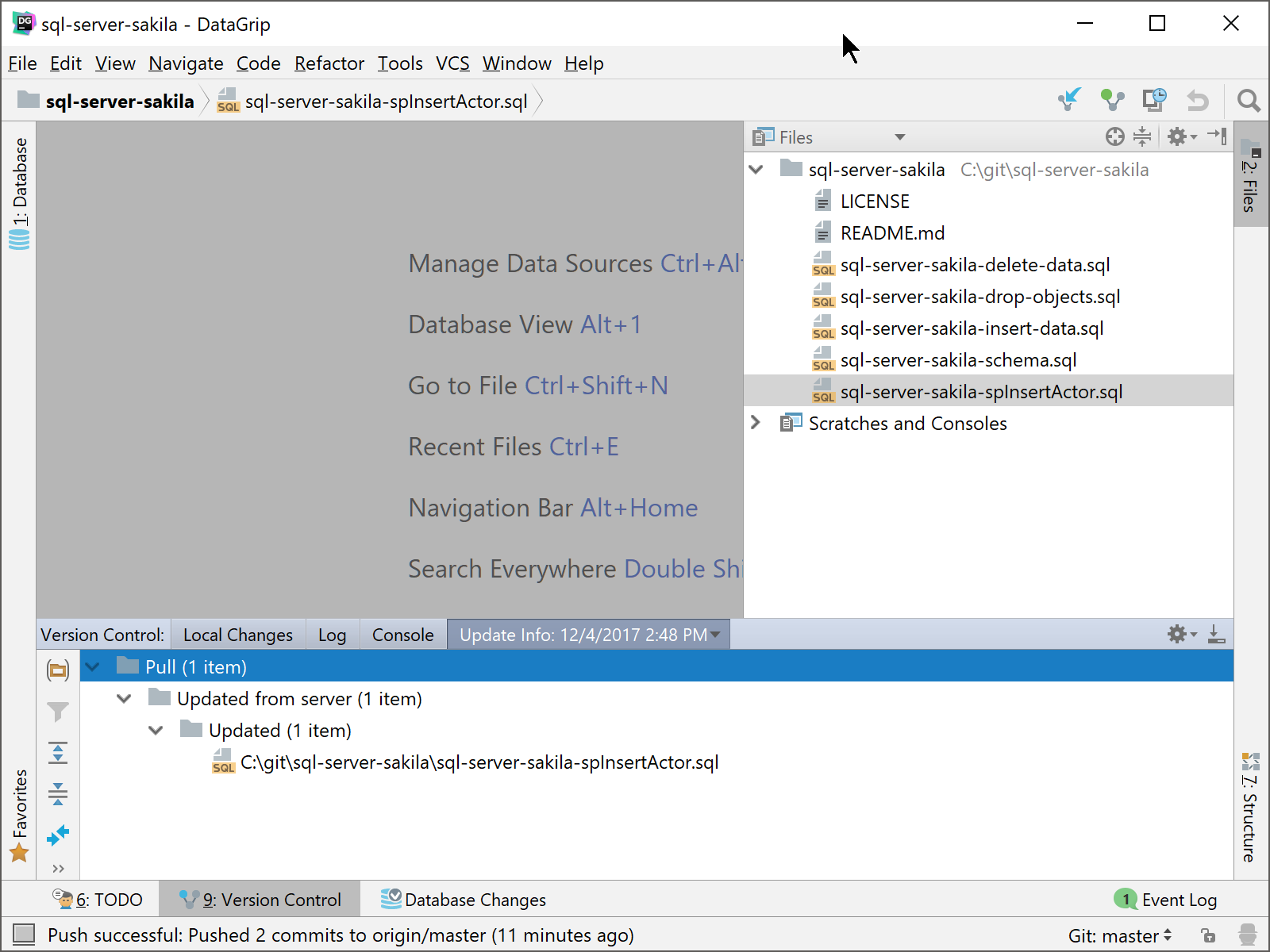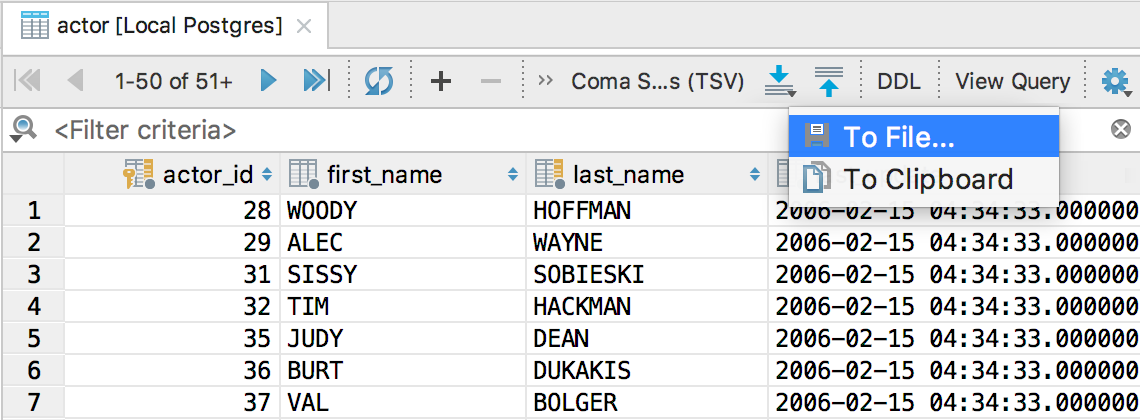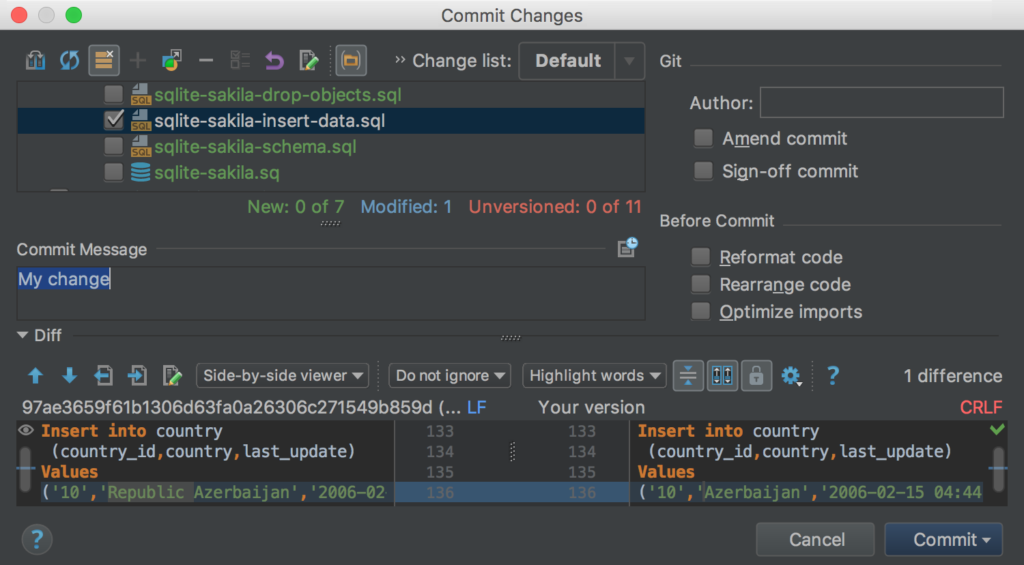
Assigning a value of NULL to the column sets it to NULL, not the current timestamp. If the TIMESTAMP column is not declared as NOT NULL, then it is automatically declared with the NULL attribute and permits NULL values. To set to the current timestamp, set the TIMESTAMP column to CURRENT_ TIMESTAMP() or NOW(). If the explicit_ defaults_ for_ timestamp variable is enabled, SingleStoreDB Cloud handles the TIMESTAMP column behavior as follows:Īssigning a TIMESTAMP column value of NULL does not set it to the current timestamp. By default, the variable is enabled, which disables the nonstandard behaviors. The variable explicit_ defaults_ for_ timestamp determines if certain nonstandard behaviors for default values and NULL-value are disabled for the TIMESTAMP column. +-+-+-+ The explicit_ defaults_ for_ timestamp Variable For example, if the table t contains a column dt of type DATETIME, you can use the following statement to store the literal.

When you do this, the literal is implicitly converted to the time or date. You can use a string literal to store a time value or a date value. This can avoid the need to do potentially time-consuming application and database maintenance and conversion in the future. Note: It is recommended to use DATETIME or DATETIME(6) column types instead of TIMESTAMP or TIMESTAMP(6) because TIMESTAMP types only support dates through as opposed to for DATETIME types. For example, a value like 23:59:59 being inserted into a column with the datatype of DATE would be converted to.

#Datagrip auto format windows
In the Database Explorer ( View | Tool Windows | Database Explorer), right-click an object and select Tools | Set Color…. For more information about generating a diagram, see Generate a diagram for a database object. In the Database Explorer ( View | Tool Windows | Database Explorer), right-click a database object and select Diagrams | Show Diagram. Use the mouse wheel to extra zoom the diagram area within magnifier tool. To use the magnifier tool, keep the Alt key pressed, and hover your mouse pointer over the desired areas of the diagram. You can also use Shift + mouse wheel for zooming. To pan and zoom the diagram, use your touchpad, scroll bars or the mouse wheel for vertical scrolling and Shift + mouse wheel for horizontal scrolling.

For more information about creating an execution plan, refer to Visualize a query plan.

Execution plan is a set of steps that were used to access data in a database. If you want to share the created diagram, consider using PNG.Īlso, you can build execution plans. The UML format is an internal format developed specifically for DataGrip. You can save the generated diagrams in two formats: UML and PNG.


 0 kommentar(er)
0 kommentar(er)
